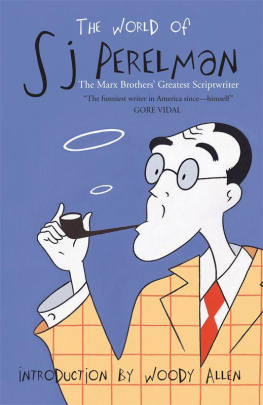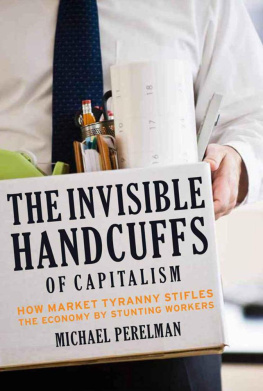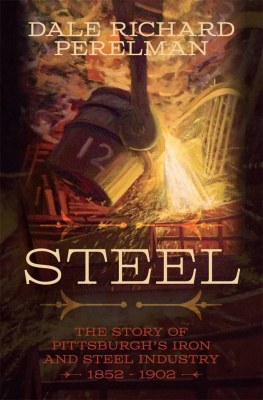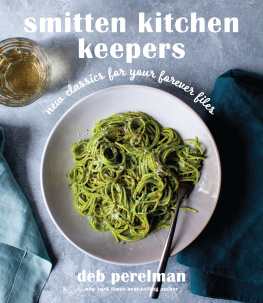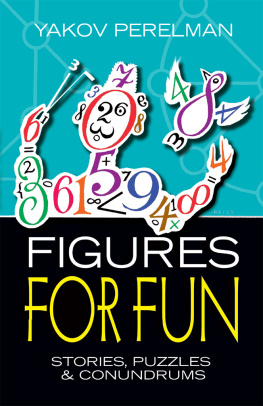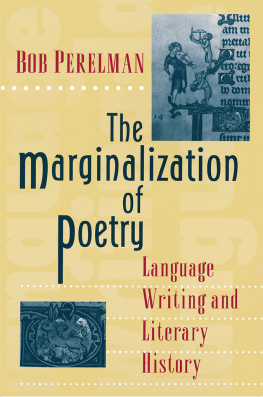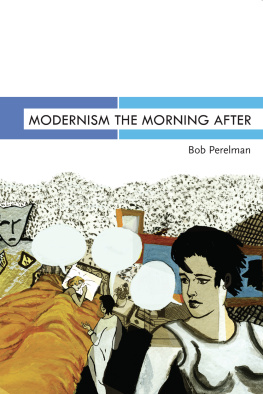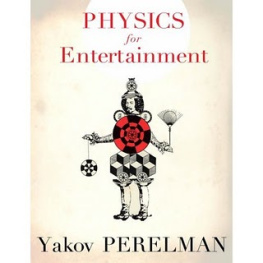About the author
Sidney Joseph Perelman (19041979) was born into a Russian Jewish immigrant family in Brooklyn. He grew up in Providence, Rhode Island and attended Brown University in 1922 where he became the cartoonist of the college magazine and finally its editor. After publishing his first two books, he was invited to Hollywood by Groucho Marx to script two films: Monkey Business and Horse Feathers. It was an unhappy experience and Perelman soon went back East, though he would return again and again to work for the studios and eventually won an Oscar in 1956 for Around the World in Eighty Days. A regular contributor to the New Yorker from 1935, he soon became the magazines most successful humorist. He continued in this vein for the next thirty years writing scenarios, sketches, plays, travel pieces and publishing twenty books many of them collections of his New Yorker pieces. He divided his time between New York and his country home in Erwinna, Bucks County, Pennsylvania. In his later years he travelled the globe, settling briefly in England, before finally returning to New York where he died aged 75.
the funniest writer in America sincehimself
Gore Vidal
the supreme lunatic humorist in the language
Good Book Guide
court jester of all magnificent absurdities of present day civilisation Boston Globe
he is the most precious lunatic in America Perelman is very, very funny but he is not so very, very funny as to obscure the fact that he is also an extraordinary prose writer
Clifton Fadiman
side-splittingly funny James Agate, Daily Express
a brilliant humorist Sunday Times
a uniquely gifted comic writer Philip French, Observer
the most original, and funniest, comic prose stylist of the present century Frank Muir
He is unique, and the man who would pin him down would also chase a bumblebee with tweezers. And suffer the same result. Nathaniel Benchley
Perelman commanded a vocabulary that is the despair (and joy) of every writing man. Sid is like a Roxy organ that had three decks, fifty stops and a pride of pedals under the bench. When he wants a word, its there. E B White
The World of
S J Perelman
PRION HUMOUR CLASSICS
Augustus Carp Esq Henry Howarth Bashford
Mapp and Lucia E F Benson
How Steeple Sinderby Wanderers Won the FA Cup J L Carr
The Diary of a Provincial Lady E M Delafield
The Papers of A J Wentworth BA H F Ellis
Squire Haggards Journal Michael Green
The Diary of a Nobody George and Weedon Grossmith
Three Men in a Boat Jerome K Jerome
Mrs Caudles Curtain Lectures Douglas Jerrold
Sunshine Sketches of a Little Town Stephen Leacock
No Mother To Guide Her Anita Loos
The Serial Cyra McFadden
The World of S J Perelman S J Perelman
The Education of Hyman Kaplan Leo Rosten
The Return of Hyman Kaplan Leo Rosten
The Unrest-Cure and other Beastly Tales Saki
My Life and Hard Times James Thurber
Cannibalism in the Cars Mark Twain
for copyright reasons these titles are not available in the USA or Canada in the Prion edition.

Contents
INTRODUCTION
by WOODY ALLEN
There is no writer of comic prose to compare with S J Perelman. It is really as simple as that. His writing towers above Robert Benchleys who was the other truly great and authentic funny author and is his closest competitor. Lardner, Ade, Bill Nye, Leacock and Thurber were often superb, yet none holds a candle to the creator of Lucas Membrane, the Wormsers, Suppositorsky and I Am Not Nor Have I Ever Been A Matrix of Lean Meat, among other inspired flights. No one writing today touches Perelmans comic flair, his inventive lunacy, his erudite narrative skill, and dazzlingly original dialogue.
No collection can do him justice because his humor is so inventive and varied that inevitably certain of ones favorite masterpieces get left out as choices must be made. Still no collection of his is ever less than wonderful because over the years there have been so many hilarious pieces to pick from. I usually prefer his later writing but that does not mean I dont often laugh out loud at the broader earlier gems. I began reading him in my teens and he has never disappointed me. Among all the comedy writers Ive worked with or spoken to over the years, Perelman was always the most revered icon, the most widely-imitated comic genius and the most discouraging to any would-be funny prose stylist. For many of us, starting out years ago, it was impossible to not write like him, so dominating was his elegant voice.
This collection, I am sure, will demonstrate that I have not given him too big a build-up.
EDITORS NOTE
After serving a comic apprenticeship at Judge magazine and on his college rag before that, S J Perelman had his first piece accepted by the New Yorker in 1930 at the age of 26. He went on to make it his spiritual home, becoming a regular contributor from 1935 until his death in 1979. Perelman enjoyed both the steady income and the creative freedom on offer at the New Yorker his editor never tried to fiddle with his baroque prose or ask him to tone down his often obscure insider references. He was deeply frustrated throughout his career in his role elsewhere as a jobbing writer for both Hollywood and Broadway where he frequently felt his work was abused and misunderstood. His New Yorker comic essays or feuilletons as he called them, became the only form of writing which he truly relished. So meticulous was he, that his output rarely topped 1,000 words per week, despite the fact that he wrote six days a week from 10am to 6pm. He claimed to rewrite most of his pieces at least thirty times, retyping each version from scratch.
Most of the work gathered here first appeared in the pages of the New Yorker and occasionally in a variety of other magazines: College Humour, Judge, Life, Contact, Stage, Holiday. The present selection has been made from the regular collections of his essays that spanned his entire career: Crazy Like a Fox (1944) a best of his early material; Keep It Crisp (1947); The Road to Miltown (1957); The Rising Gorge (1961); Baby Its Cold Inside (1970). As such, it is the most comprehensive Perelman collection available to date.
AG
Beauty and the Bee
It is always something of a shock to approach a newsstand which handles trade publications and find the Corset and Underwear Review displayed next to the American Bee Journal. However, newsstands make strange bedfellows, as anyone who has ever slept with a newsstand can testify, and if you think about it at all (instead of sitting there in a torpor with your mouth half-open) youd see this proximity is not only alphabetical. Both the Corset and Underwear Review and the American Bee Journal are concerned with honeys; although I am beast enough to prefer a photograph of a succulent nymph in satin Lastex Girdleiere with Thrill Plus Bra to the most dramatic snapshot of an apiary, each has its place in my scheme.
The Corset and Underwear Review, which originates at the Haire Publishing Company, 1170 Broadway, New York City, is a magazine for jobbers. Whatever else a corset jobber is, he is certainly nobodys fool. The first seventy pages of the magazine comprise an album of superbly formed models posed in various attitudes of sweet surrender and sheathed in cunning artifices of whalebone, steel, and webbing. Some indication of what Milady uses to give herself a piquant front elevation may be had from the following list of goodies displayed at the Hotel McAlpin Corset Show, reported by the March, 1935,
Next page
